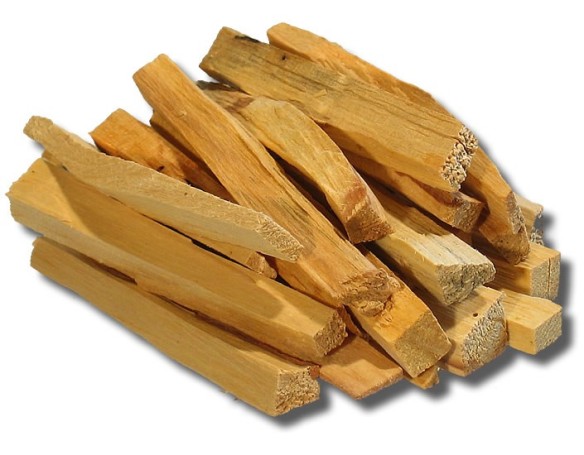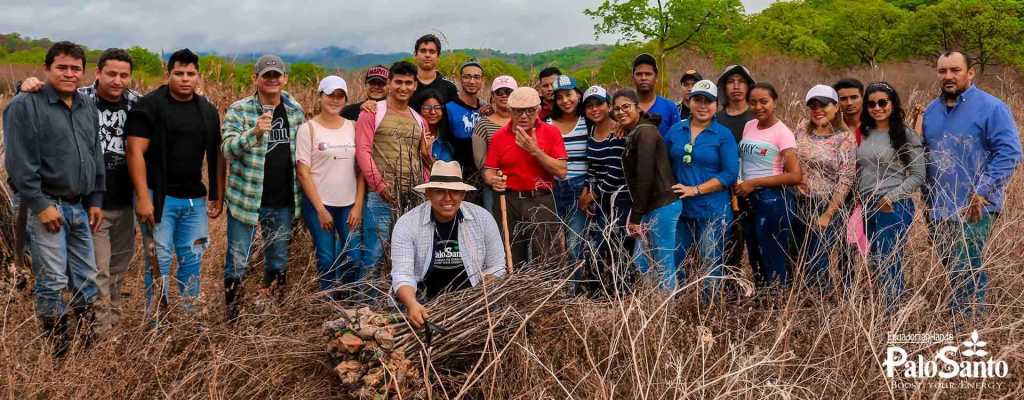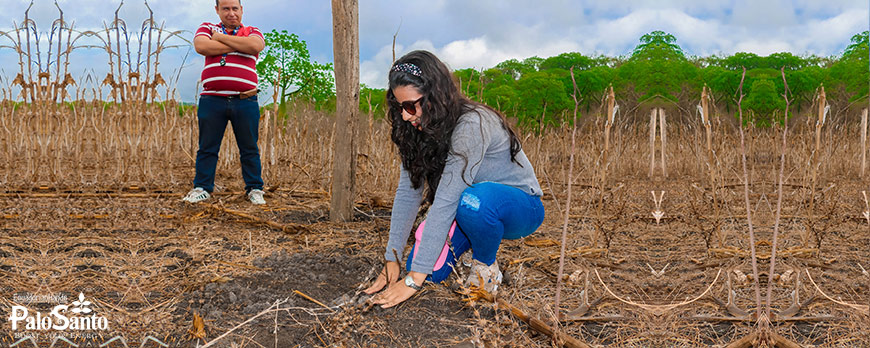Hello natural beauties! How is your rat year going so far? Australia is still burning and we have had some really extreme temperatures and fluctuating conditions. From strong winds to fires to full-on hail storms, this is global warming. In light of this, I’m very happy to bring you a wonderful story from South America, involving the very pungent Palo Santo wood and essential oil. Read on for a great story from Ecuador.
Buy my 100% natural and organic botanical perfumes, and paperback book here:
Digital downloads and paper backs of my book Revelation! Reveal your Destiny with Essentials Oils here:
Barnes & Noble Booktopia AU Amazon UK
_____________________________________________________________________________

Many years ago I imported some Palo Santo oil from Ecuador from a company called Ecuadorian Hands. I was quite surprised when I opened the oil, as it’s so pungent and has deep earthy and woody tones. You can read my story from 2016, on my reaction to the oil here.
I’ve stayed on the mailing list and recently they have posted a new article on the replanting of Palo Santo in the forest of Ecuador. I love their story, you will too.

In the coastal province of Manabi in Ecuador, the article from Ecuadorianhands.com says that in the past 4 years they have planted over 10,000 Palo Santo trees, “regenerating the tropical dry forests of Manabí where palo santo wood grows, which are currently threatened by man.” To attain the 6-year-old trees for planting, they rely on pigeons to eat the flowers of existing trees in the forest, expel the seeds, then they create saplings from those seeds in their nursey. Thanks, pigeons! Read this article from 2019 here.
In the latest article on their website they talk about their 2020 plan:
“Within our planning is to plant about 4000 trees native to dry forests such as the dog zapote (Colicodendron scabridum), Aromo (Acacia farnesiana), Jolote (Cojoba Arborea), Cerezo (Muntingia calabura), Palo Santo (Bursera Graveolens) among others, on the 50 hectares located in Joa / Jipijapa / Manabí , which is in the last processes to declare it protective forest.’
Check out their video:
“To reforest Palo Santo trees we use the method called transplantation, which consists in determining an area of the forest that has overpopulation of the same species for the extraction of trees that are very close to each other and transfer them to an area of the forest where no there are trees so that they can continue with their natural development. In this way, the space that remains when extracting the trees will be used by other native species of the dry forest, in this way, we are helping with the restoration of tropical dry forests.“

There’s obviously a particular way to carry out the reforestation, from choosing the right spot to the depth of the hole to plant the seedling in. 20 people helped the planting this year and more people are wanting to help.
Thanks so much to the people of Ecuador, and Ecuadorian Hands for helping mother earth and the beautiful trees we rely on for health and happiness. Bravo!




